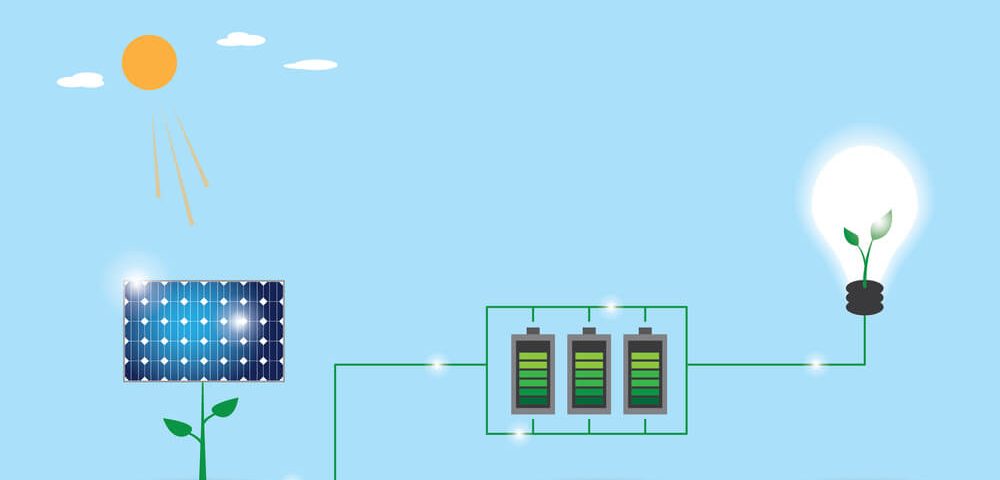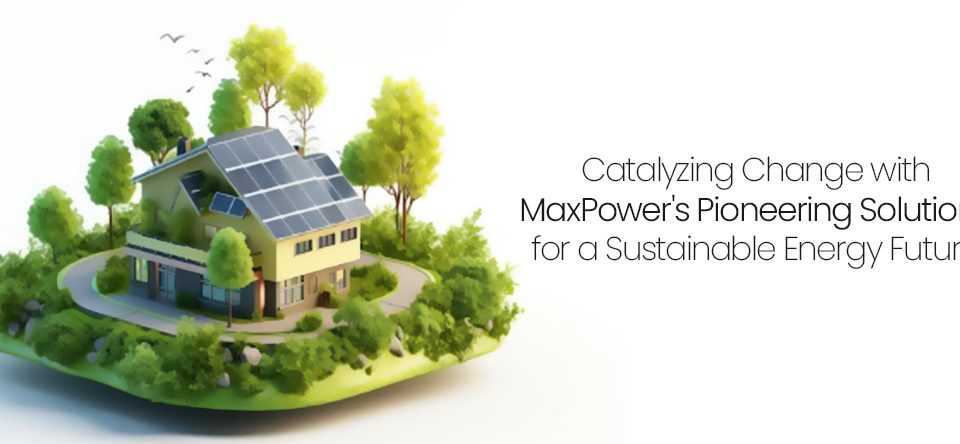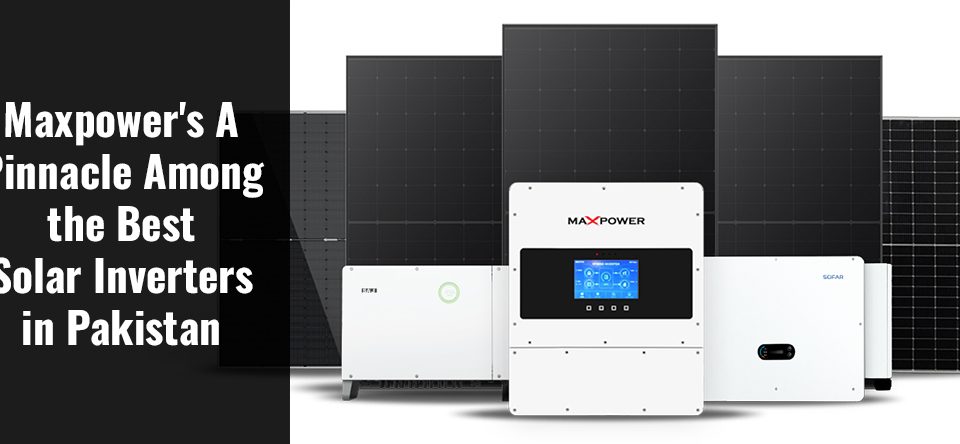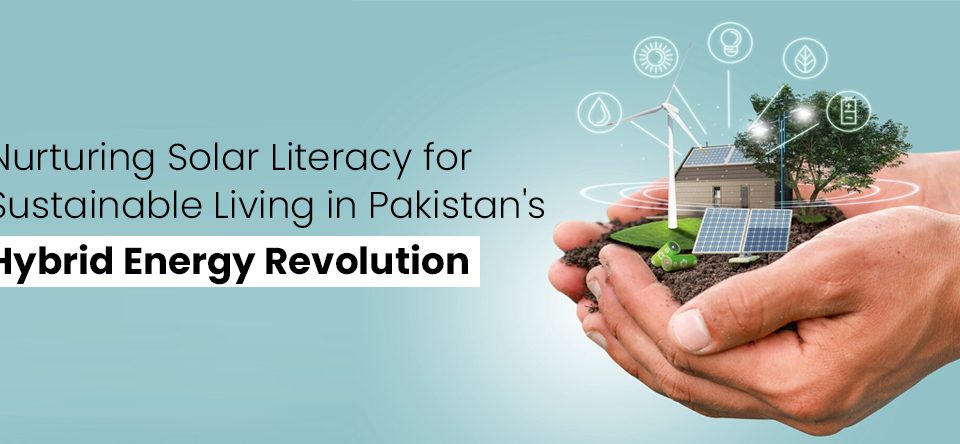
How to Uninstall Solar Panel System Safely?
September 2, 2021
How to Outbeat Blackouts with Stored Solar Energy?— A Solar Battery Guide
August 31, 2021The sunlight hitting the outside of the planet in one and a half hours is adequate for the all-out utilization of energy in the globe to cover one entire year. The amount of energy that is put away on all the planet’s carbon, oil, and natural gas reserve contains is equivalent to some days of sunshine on Earth. By utilizing the solar system, we can store this energy.
There are various parts in this system that makes it work. The wiring and its connectivity to powerful batteries is a crucial component of the way this functions.
Increasingly, households are buying solar panels as solar energy becomes more accessible. The connection of solar panels is highly diverse. Each connecting technique has been intended to generate a greater wattage array for a particular purpose. The goal here is to select a connecting technique that will provide you with the most powerful setup.
Why Proper Wiring is Important?
Solar wire (also known as photovoltaic wire) connects the plates of an electric-power generation system. PV systems (solar panels) collect sunlight and convert it into electricity through a process called energy conversion. Electrical energy is generated at the panel, and wire is required to transport it to a collection point or piece of technology.
For the finest operation and efficiency, the user needs to choose the correct type of wire for the photovoltaic (PV) system. Solar cables and wires link the circuit components and act as a channel via which electricity is circulated. A well-planned and well-constructed solar cable and cable network ensures that the PV system functions safely and optimally.
Types of Wire Used in PV System
There are two different types of single or stranded cables for solar panels.
- Copper
- Aluminum
Copper Vs. Aluminum
Copper and aluminum are the two primary conductivity materials used in residential and commercial solar plants.
- Copper has a higher conductivity than aluminum.
- Copper can carry more current at the same size as aluminum having less resistance.
- During installation, aluminum may be weakened particularly while bending
- Aluminum is less costly than copper wires.
Wire Sizing
Cables and conductors have a maximum voltage rating indicating the maximum voltage (volts) and power (amperes) passing through the cable. When connecting various components of a solar power system, it is very important to choose the correct wire size. The correct size ensures that little energy is wasted and overheating does not occur.
Related: What are the Essential Components of a Solar Power System?
How to Know Which Wire (size/requirements) is Good for Your PV System?
Solar panel wiring is generally classified based on the kind of conductor. The higher your solar system’s current (amps) is, the thicker the PV cable must be.
- You will require a 7-amp cable if your system manufactures 7 amps.
- Use a solar panel wire size computer to get the wire size you require.
- The longer your wire is, the greater your wire amp, don’t be afraid to thicken to safeguard it a bit.
- Thicker wires can make sure that the current is handled more effectively in the future with the possibility of high current (amp) devices purchased.
Tip: The wiring and connection become technical and jargoning most of the time, thus to resolve that, calling a solar expert is helpful.
AWG (American Wire Gauge)
The size of the wire is determined in the measurement of AWG (American Wire Gauge)—A standard wire gauge measuring system. Consider this as;
- The size of the wire and the number of AWG is inversely proportional—the smaller the AWG number is, the larger would be the size of the wire.
- Cables need to bear 25 years or longer, similar to the relaxation of the machine. Unprotected wires may be broken as being uncovered to excessive climate situations—Includes; temperature fluctuations and direct UV radiation, etc.
Cables
A cable includes a group of conductors twisted or joined together, that’s enclosed with the aid of using an isolation layer, additionally called the cable sheath, inside a cord jacket. Different subtypes of electrical cables, consisting of telephone cables, laptop cables, TV cables, residential cables, and video cables, may also consist of electric-powered cables.
- Twisted Pair Cables: They are constructed from twisted conductivity pairs and are utilized to hold symmetrical sign transmission.
- Multicore Cable: This is an electrical cable including many remoted twine cores regularly utilized in sound and video recording.
Tip: Twisted wires are much less at risk of interference inside the not unusual place mode due to an excessive rejection rate (CMRR).
The characteristics of the solar cable and wire are measured by their isolation and cable materials. Insulation and sheath materials need to fulfill several important characteristics, including;
- Strong weather
- UV resistance
Especially, given that solar cables generally lay outside and are susceptible to direct sunlight and moisture.
Installing the Battery Packs
The installation of the battery packs has two main techniques.
- Parallel Installation
- Series Installation
Parallel Installation
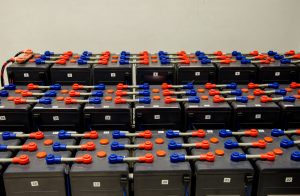
Here, in the parallel installation of the solar batteries—we link all the negative connections together to wire, batteries or solar panels in parallel connections. All the positive terminals are likewise connected together. To explain this, they are connected in pattern alike to horses on the right, head to head, tail to tail, all standing side by side.
- 12V is the most popular battery cabling solar panel connector.
- Connecting the system parallel adds additional capacity to the system.
- The voltage level from both panels and batteries stays 12V while the amperage capacity is greater in this setup.
- The cable chart indicates that the two linked parallel solar panels will charge the two 12V, 100Ah parallel batteries as well as the batteries and inverter power up the AC load.
- Solar modules connected at the same time charge the same voltage battery but load it faster because each solar module adds the current flow.
Series Installation
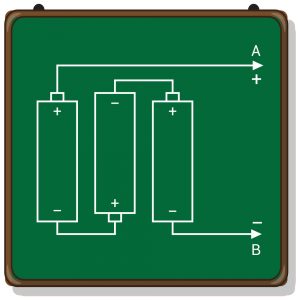
Sequential connections are generally utilized with the MPPT modules. The controller is in a more modest framework. The voltage level is expanded in a series association and the amperage is kept up indistinguishably. The significant motivation behind why the sequential association with the MPPT regulator is;
- The MPPT regulator can truly take up more noteworthy voltage info and still re-energize your 12V batteries or more.
- The huge distances may handily be moved—like 4 100 Watt boards, you might utilize just a little 14-gage wire, run it 100 feet, and still, it works efficiently.
Types of Battery for Solar Panel System
For the battery wiring to work efficiently, the battery pack itself must be of top-notch quality. There are various types of batteries in the market, all working on the same premise that chemical energy is transformed into electrical energy. Some of the important ones used:
Lead-Acid Batteries
These batteries have been used since the 19th century to store energy. Lead-acid batteries offer superior reliability for self-contained solar batteries or emergency backup power. There are two sorts of lead-acid batteries—flooded and sealed. MaxPower provides the most efficient gel mat sealed lead-acid batteries for solar panel systems;
Lithium-Ion Batteries
The ideal way to run a home solar system is to use a lithium-ion battery as it can hold more energy indoors and consume more energy stored in the battery.
Nickel-Based Batteries
Nickel-cadmium (NiCad) batteries initially appeared in the late 1800s, but they have been modified to greatly improve their energy storage capacity. Because of their durability, they are useful for large-scale applications such as solar energy storage in utilities. difficult to escape.
Flow Batteries
A flow battery is a relatively new energy storage device. Inside the battery, an aqueous electrolyte solution circulates between two different compartments or reservoirs. When the battery is charged, chemical processes take place to store and release energy.
Related: How to Outbeat Blackouts with Stored Solar Energy?—A Solar Battery Guide
Frequently Asked Questions
What do solar plates do?
Photovoltaic (PV) panels are the most popular means of collecting energy from the sun and turning it into electricity. These panels act as conductors, absorbing the sun’s rays, heating them, and generating energy through their components. With the aid of connecting cables, all components function in unison.
Why Correct Battery Wiring is Important?
The aim is to choose a connection approach that will give you the most powerful configuration possible. Photovoltaic cables, commonly known as solar wire, link the plates of an electric-power production system. The panel generates electrical energy, which must be sent via wire to a collection point or piece of equipment. It is critical to choose the right wire size when connecting various components of a solar power system. guarantees that minimal energy is lost and no overheating.
What is the best way to connect solar batteries?
There are two types of connections; parallel and serial. The majority of solar panels come in 2/24/36V configurations. If you want to add more capacity, you’ll have to link the system in parallel. In this configuration, a jumper wire is used to connect the positive terminals of one battery to the positive terminal of the other battery and the same as the negative ones.

